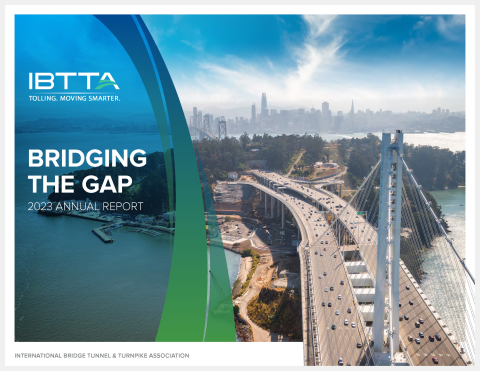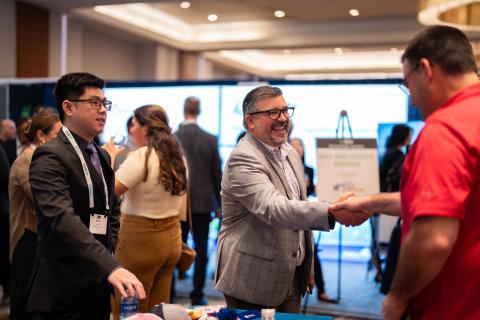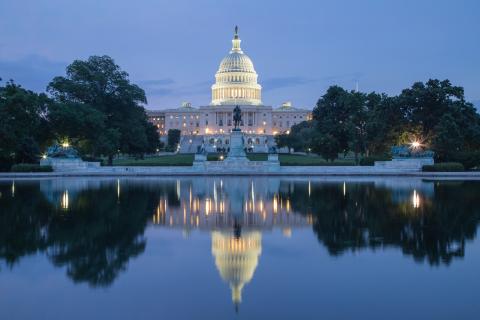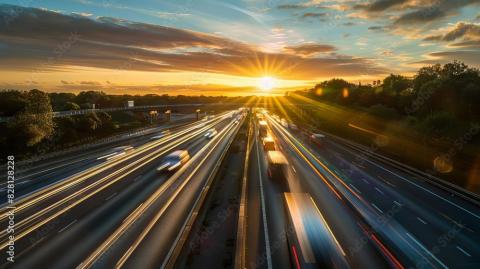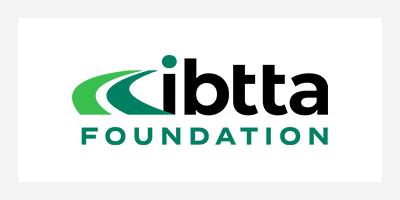- Home
- IBTTA Insights
- Gas Taxes Fall Far Short of the Full Cost of Driving
Stories
Gas Taxes Fall Far Short of the Full Cost of Driving


As the U.S. Congress approaches the deadline for reauthorizing the federal transportation program, it’s going to be hard enough to balance a $17 billion annual shortfall in the Highway Trust Fund.
But what if it turned out that today’s gas taxes leave out another $3.3 trillion in annual costs that flow from the way we use our roads?
That suggestion comes from Eric Jaffe, senior associate editor at The Atlantic’s CityLab, in a column earlier this month.
“Any gas tax that fully corrected for the social costs of car reliance would upend life as Americans know it,” he wrote. But with the second-lowest gas taxes in an index of 30 countries, the U.S. is left with no brake on “all sorts of negative social impacts that aren't being compensated for: personal time and work productivity lost to traffic congestion, lives lost to car crashes, and health risks created by air pollution, to name just a few.”
University of California Davis scholar Mark Delucchi recently estimated the shortfall at 20 to 70¢ per gallon, leading to the staggering total of $3.3 trillion per year. And when economist Stefan Tscharaktschiew tried to calculate an “optimal” gas tax for Germany, he ended up with a rate of .96 Euros per liter—more than $4.36 per gallon in U.S. dollars.
“In other words,” Jaffe notes, “the optimal German gas tax, by itself, roughly doubles what average Americans are right now paying total at the pump.”
Social cost calculations are always sure to set off a lot of interesting debate, and nobody should hold their breath for a 23-fold increase in the federal gas tax. But the assumptions behind Delucchi’s and Tscharaktschiew’s estimates should be familiar to anyone who’s ever tried to line up full funding to cover the actual cost of highway infrastructure:
- If a cost is real, it doesn’t go away just because we ignore it.
- And if we ignore it for long enough, the annual shortfall adds up to an overwhelming deficit.
One obvious solution is staring transportation planners and legislators in the face. If we’ve been hurting ourselves by systematically undercharging for transportation, and no realistic gas tax will ever cover the full cost, it follows that state and local governments need a wider range of tools to make up the difference.
User financing has two features that make it easier to connect the dots between the dollars motorists pay and the fully-loaded cost of the highways they drive. The fee only comes into play when they make a deliberate choice to use a specific road. And users get visible, hands-on evidence that the fees they pay are being invested to improve the roads they drive.
Both factors reinforce the importance of giving states, regions, and cities the authority to charge tolls as they see fit. The White House floated the option in its 2014 budget proposal to Congress. When legislators take up the highway reauthorization bill later this year, they’ll find they can get a lot more done if they include tolling as an important part of the transportation funding toolbox. Certainly a long time funding option is needed, and tolling is one option that should be included given its long, proven history.
For more on legislative and financial solutions, click here for a summary of IBTTA’s Summit on Legislation, Policy & Infrastructure Finance, March 10-11, 2014 in Washington.

Joining IBTTA connects you to a global community of transportation professionals, offering unmatched opportunities for networking, knowledge-sharing, and collaborative innovation in the tolling and transportation sector.
Follow IBTTA on social media for real-time updates on transportation trends and collaborative opportunities.
